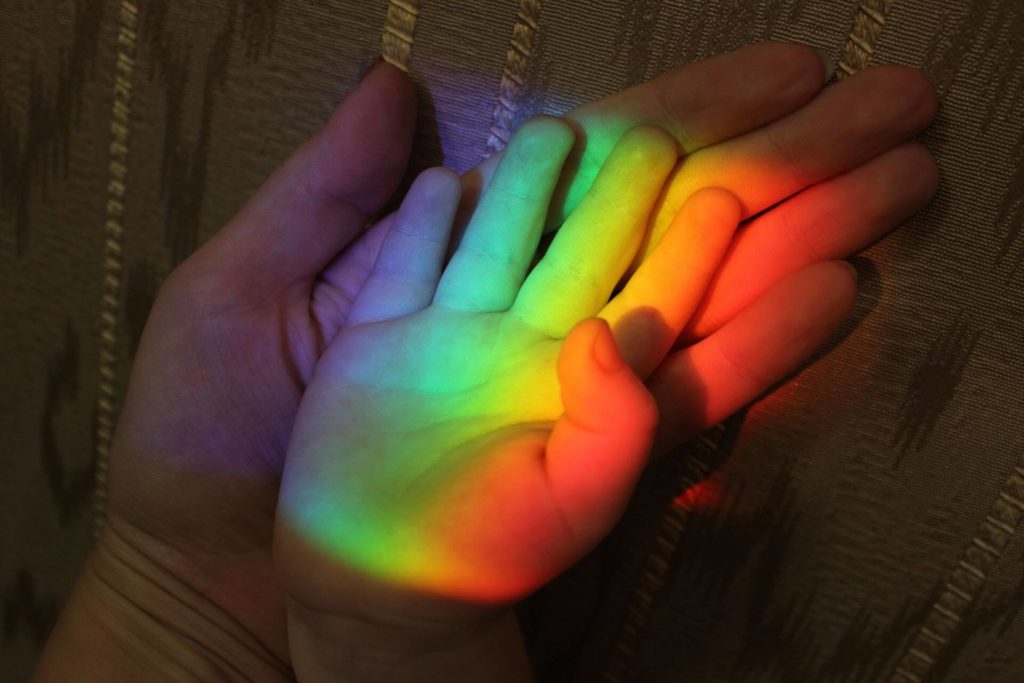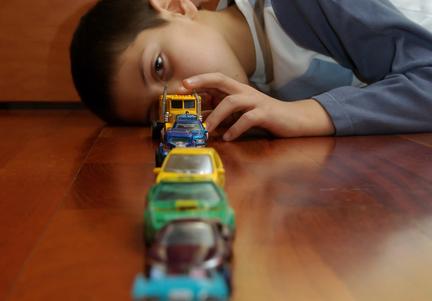The fastest-growing developmental disability in the U.S.
What does it mean to be “On the Spectrum”?


Everyone on the spectrum is different.
Those who have an Autism Spectrum Disorder, could be diagnosed with one of four conditions. With the May 2013 publication of the new DSM-5 diagnostic manual, autistic disorder, childhood disintegrative disorder, pervasive developmental disorder-not otherwise specified (PDD-NOS) and Asperger’s Syndrome were merged into one umbrella diagnosis of ASD. These development disorders affect each child differently, demonstrating combinations of behaviors that range from mild to severe. The term Autism Spectrum Disorder (ASD) is used to capture the wide diversity of manifestation of the disorder.
Autism’s severity scale reflects how much support a person needs for daily function.

Children with ASD diagnoses will have difficulties in communication, reciprocal social interactions and play. A young child with ASD is likely to have limited or no verbal language, difficulty playing with other children, repetitive or restrictive interactions with objects, and may resist change in routines. Although Autism is described by a certain set of behaviors, children affected by the disorder can exhibit these behaviors in differing degrees of severity.
ASD can be related to intellectual disability, difficulties in motor coordination and attention, and physical health issues such as sleep and gastrointestinal disturbances. Some children with ASD excel in areas such as visual skills, music, math and art.
My child has been diagnosed with Autism Spectrum Disorder, what do we do now?
Autism can be reliably diagnosed as early as 18 months old.
Autism appears to have its effect in very early brain development. Methods of early diagnosis are a major focus of researchers because early interventions with proven behavioral therapies can substantially improve long-term outcomes. Increasing autism awareness is a key aspect of early diagnosis and one in which our families and communities play an invaluable role.
There is no “cure” for autism, but there are proven educational and behavioral interventions that can positively impact many of the deficits and behaviors associated with ASD. Early intervention is key to improving long-term outcomes for children with autism.
Improving diagnostic criteria
Autism Disorder used to be commonly described using three key symptom areas known as the “Triad of Impairments.” Prior to the updated criteria in the DSM-5, an individual had to display clinical impairment in all of the following to be diagnosed with Autism:
- Social interaction
- Social communication
- Flexibility of thought (also called social imagination)
With the DSM-5, the “triad” turned into a “dyad” by combining social interaction and communication into one category. The second category is restricted repetitive and stereotyped patterns of behavior. The DSM-5 also combined previous subgroups of ASD (including Autistic Disorder, Asperger’s Disorder, and PDD-NOS). The aim of the updates in DSM-5 were to improve diagnostic criteria that were considered too imprecise and reduce the number of diagnoses previously called “Not Otherwise Specified.” At the same time, the DSM-5 added a “dimensional assessment” approach, allowing clinicians to measure both the presence and the severity of ASD symptoms as: “very severe,” “severe,” “moderate”, or “mild” for the two symptom categories.
